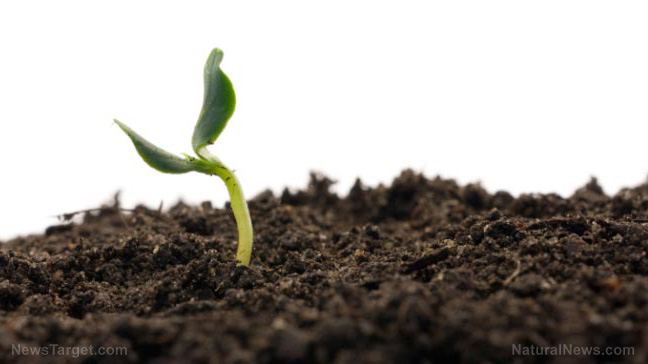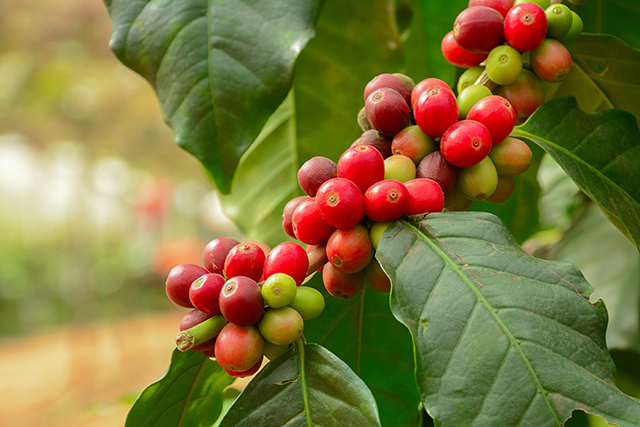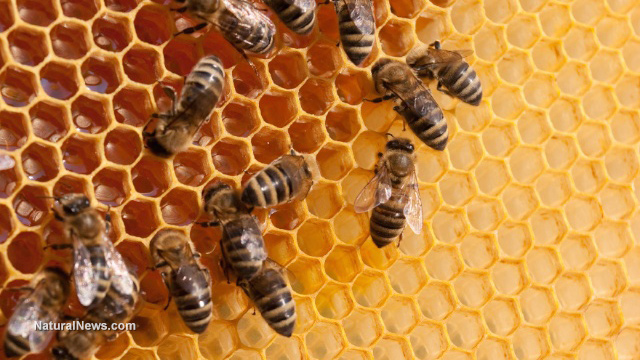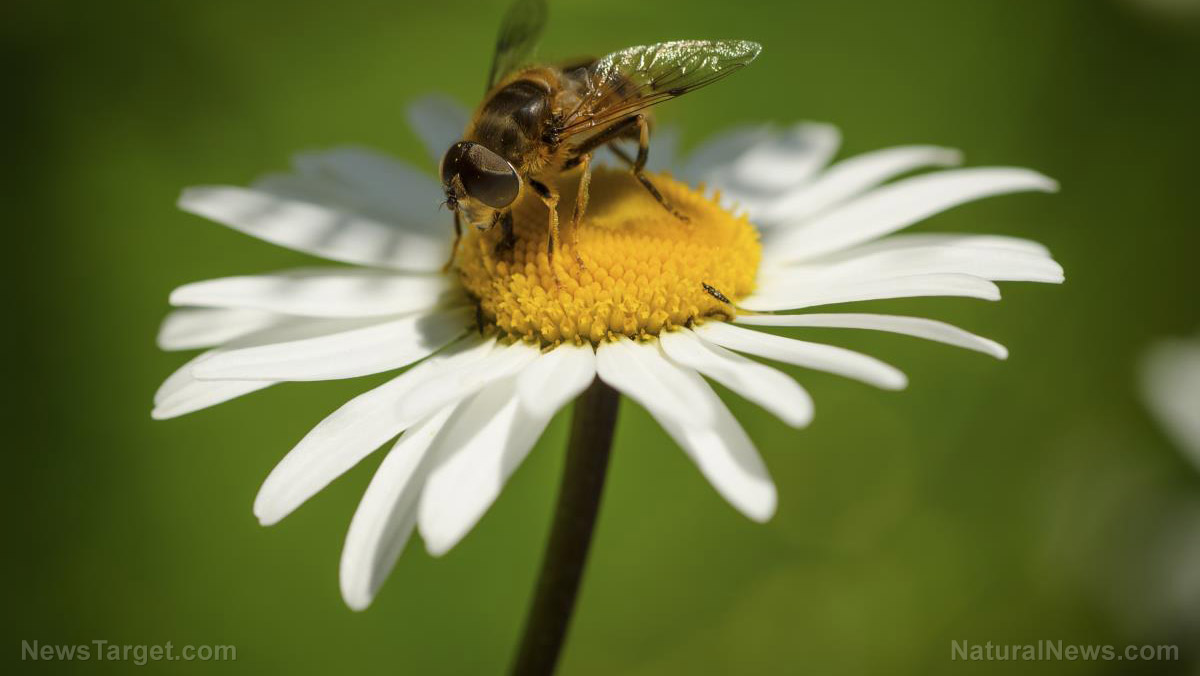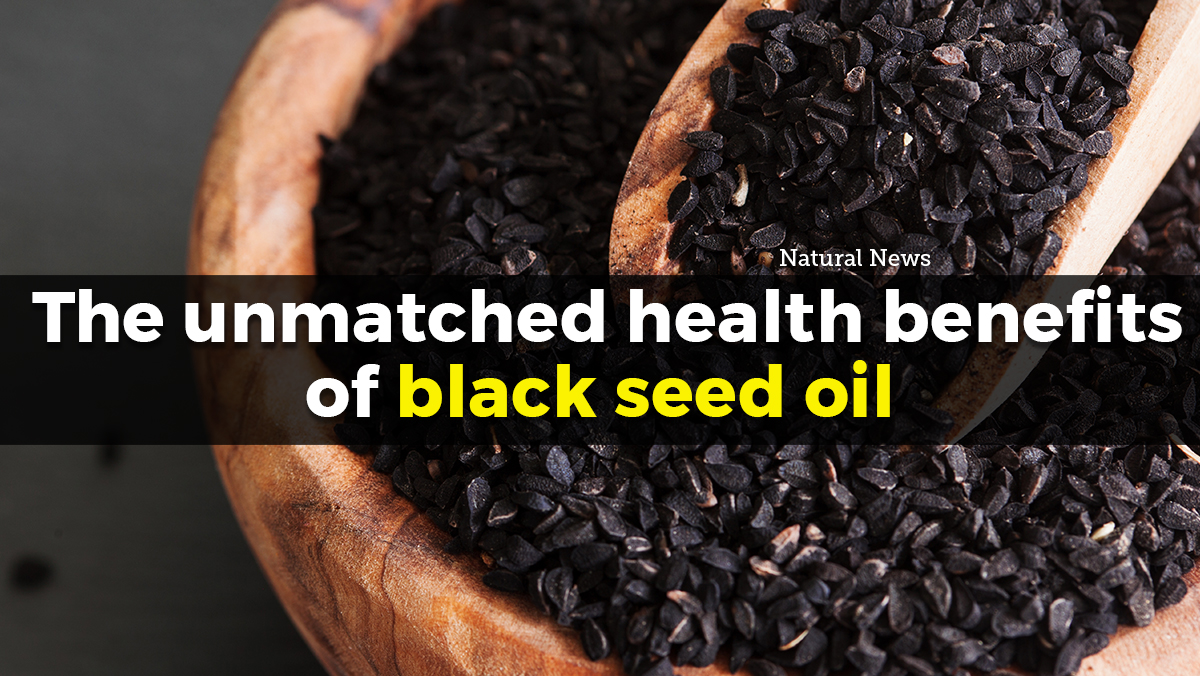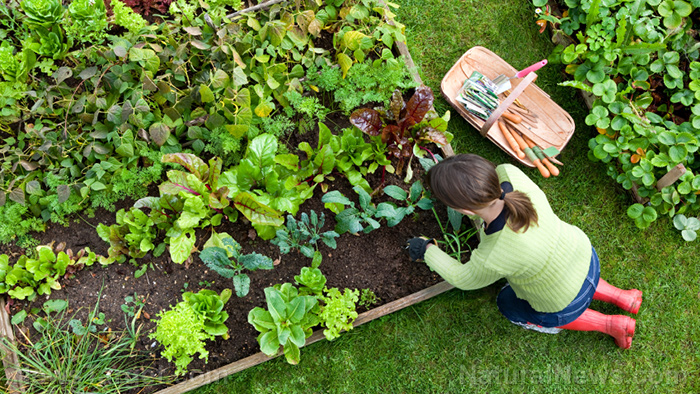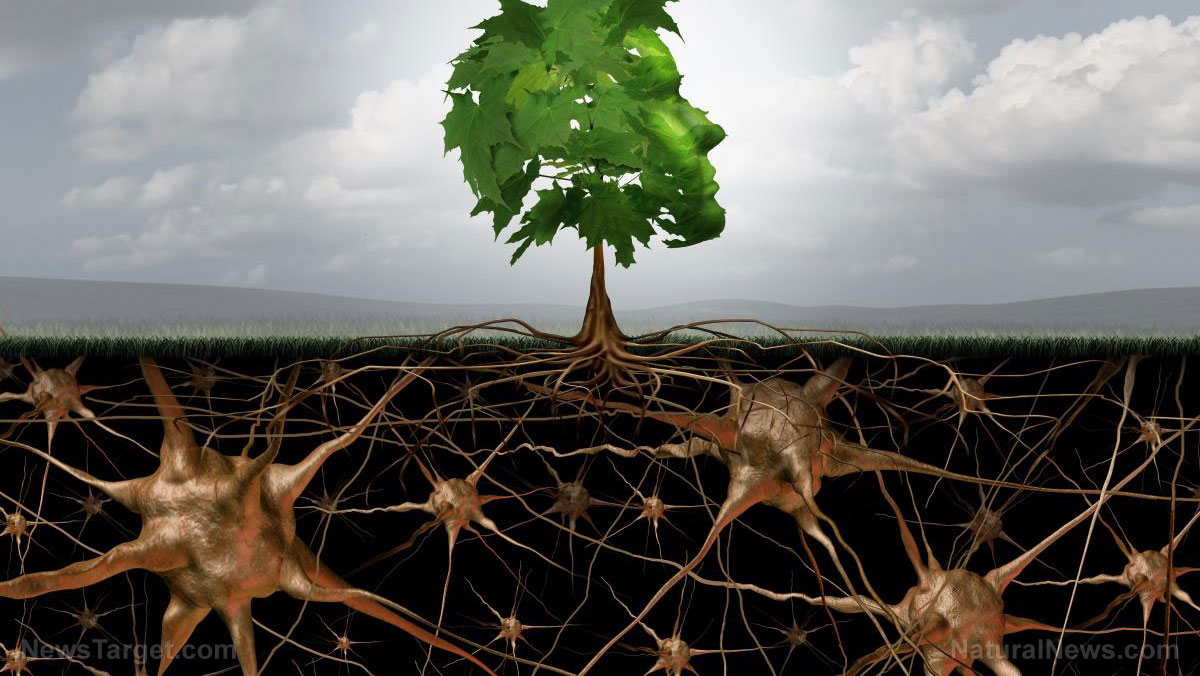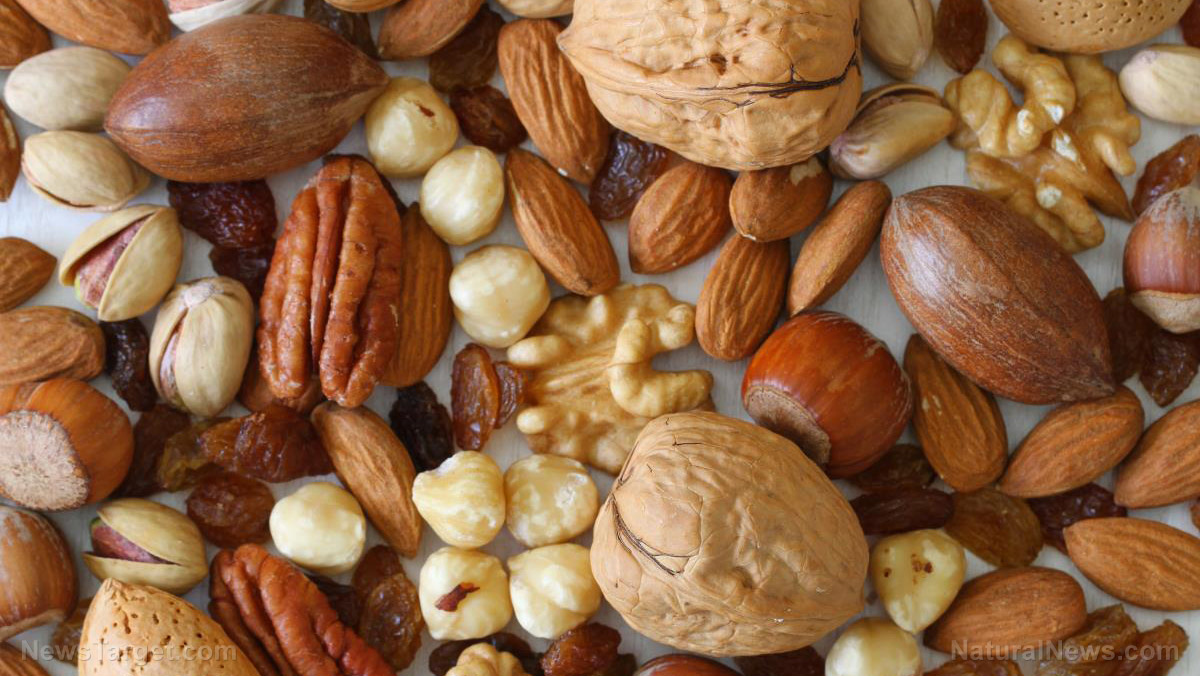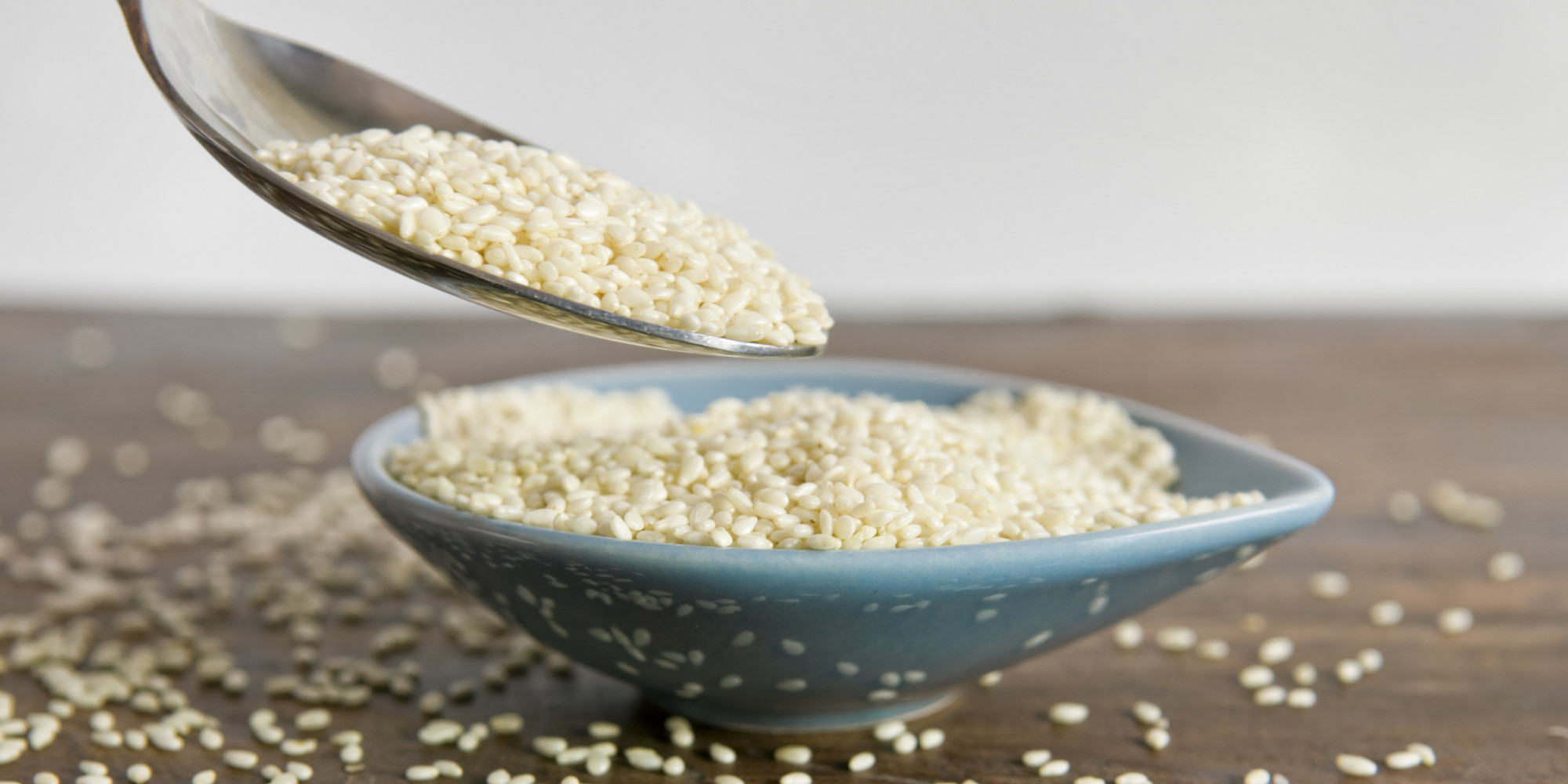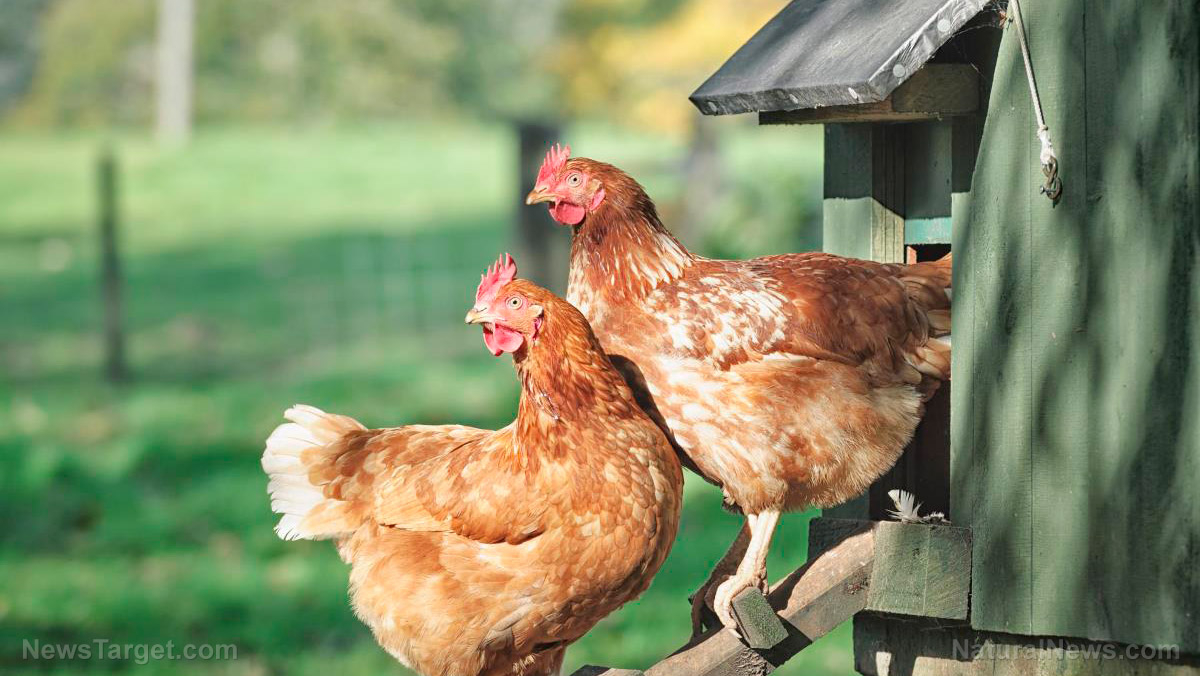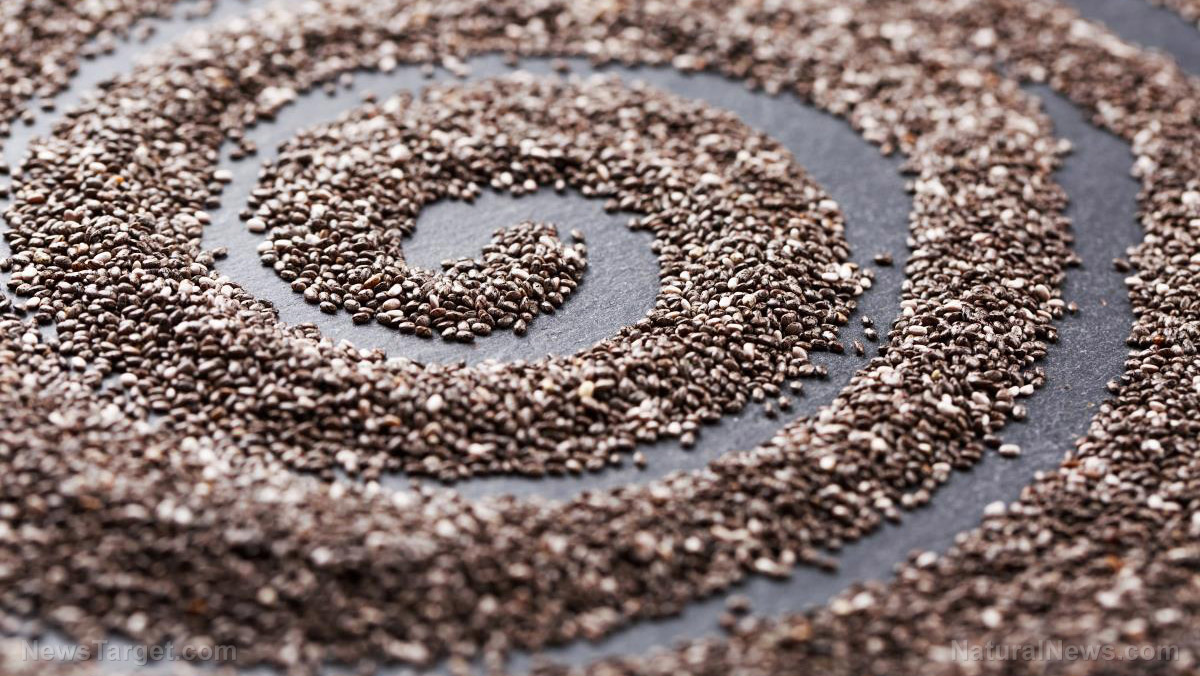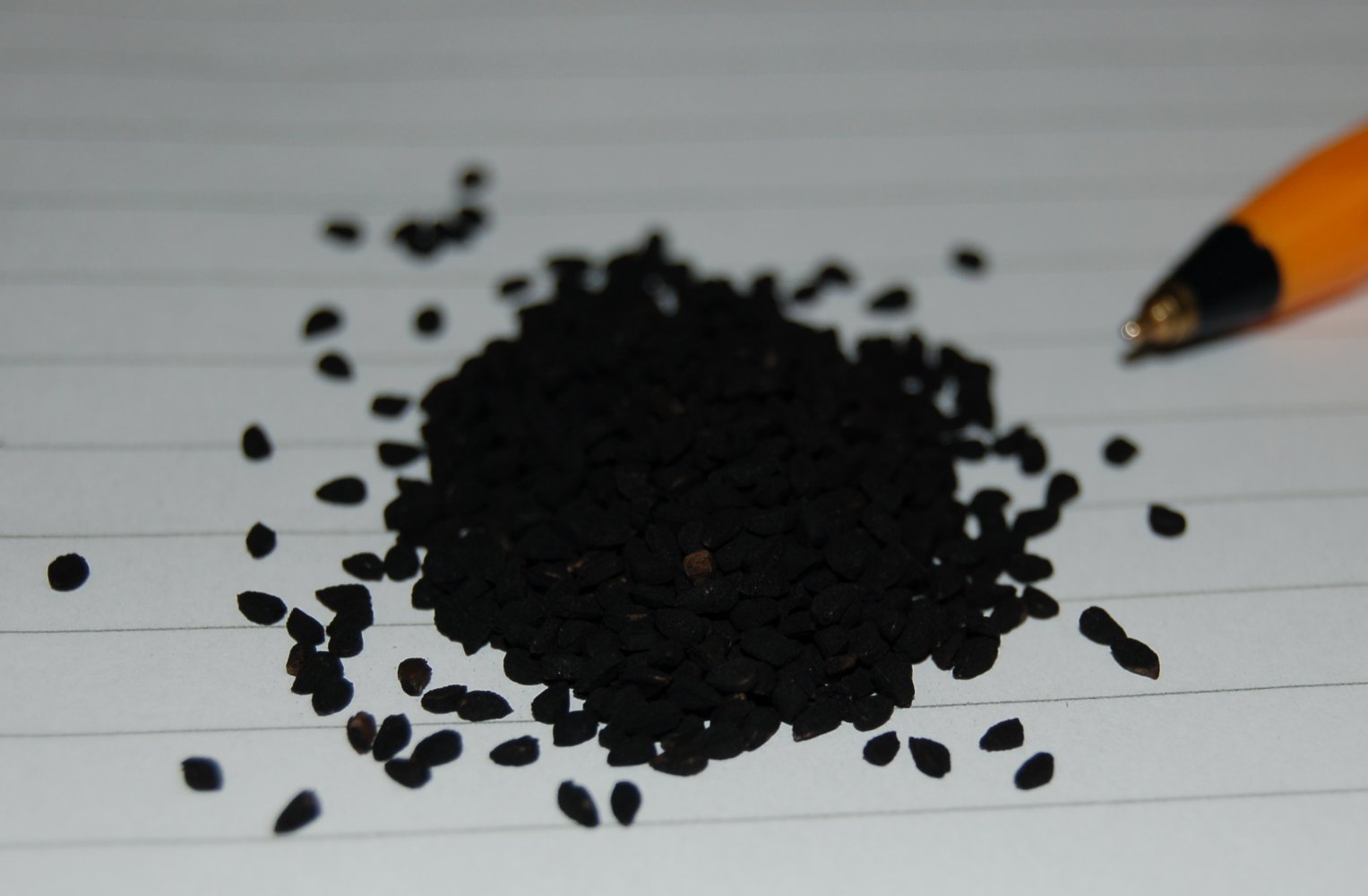The fictional character Rip Van Winkle slept for 20 years and missed the American Revolution. Now, researchers have identified more than a hundred different real-life plants that can go dormant for just as long in order to make it through unfavorable periods, a EurekAlert article stated.
The research team counted at least 114 species that can enter a dormant state during adulthood. The plants come from a myriad of families, locations, and ecological communities across the globe.
These plants do not emerge from the soil during spring. Instead, they remain underground, biding their time until it’s safe.
A large number of orchids behave this way. So do a bunch of other plant species. (Related: Plants “adapt or die” too: Study finds botanical defense mechanisms evolve based on herbivores’ immunity to chemical toxins.)
In their study, researchers reported that plants enter dormancy as a way to hedge bets. They deliberately sit out one or more growing seasons to avoid dangerous situations.
Furthermore, not every member of a population or species of plant takes the option during any year. Dormancy is highly dependent on the situation of an individual plant.
We know about dormancy in seeds, but not much about dormancy in adult plants
University of Sussex professor Michael Hutchings served as one of the authors of the study. He remarked that numerous plants evolved this behavior even though they would not be able to photosynthesize, flower, or reproduce during potentially long periods of dormancy.
Many of these plants developed other ways to nourish themselves in the lightless conditions – they evolved the ability to get carbohydrates and nutrients from beneficial fungi in the soil.
Hutchings added that he and his colleagues have uncovered some of the factors that lead to dormancy and the advantages of this behavior. But there are other conditions like weather, threats from plant-eating animals, and competition from other plants that need further study.
Researchers know all about dormancy in seeds. They know far less about the behavior in adult plants that have outgrown the seed stage long ago.
The international study is headed by Richard Shefferson, an associated professor at the University of Tokyo. It’s the first of its kind to look into the reasons, ecological roles, and evolutionary importance of dormancy in adult plants.
Shefferson, Hutchings, and the other researchers drew their data from numerous data sets and earlier studies that took note of the behavior.
Plants wait out danger by going underground and staying dormant for years
Plants hibernate for various reasons depending on the species and the populations sharing the same area. The reasons include herbivores that eat sprouts and a deficient growing season with not enough nutrients for young plants.
In addition, the researchers initially believed that dormancy would be more common at colder latitudes and higher altitudes that have shorter growing seasons. However, they discovered that the practice was more common in equatorial regions.
Plants near the equator face far harsher threats. They have to deal with heavy competition from other plants, numerous diseases, high risk of fire, and hungry herbivores.
Fire seems to be a recurring reason for dormancy. Eric Menges of Florida’s Archbold Biological Station noted that plants that live in fire-prone regions wait out wildfires underground and sprout afterwards, when there’s plenty of room and nutrients for growth and blooming.
Hutchings said that dormancy appears a lot of times during the evolutionary history of terrestrial plants. It seems that not only is the behavior truly useful in many situations, but it is also easily acquired. It only takes a few mutations in a couple of important genes for a plant to gain the ability to hibernate.
Find out more plant adaptation methods at Ecology.news.
Sources include:
EurekAlert.org
DailyMail.co.uk

